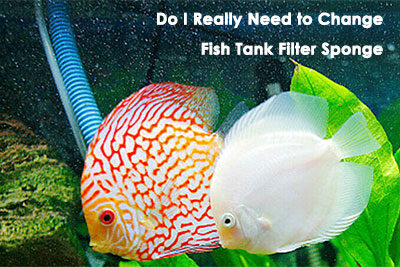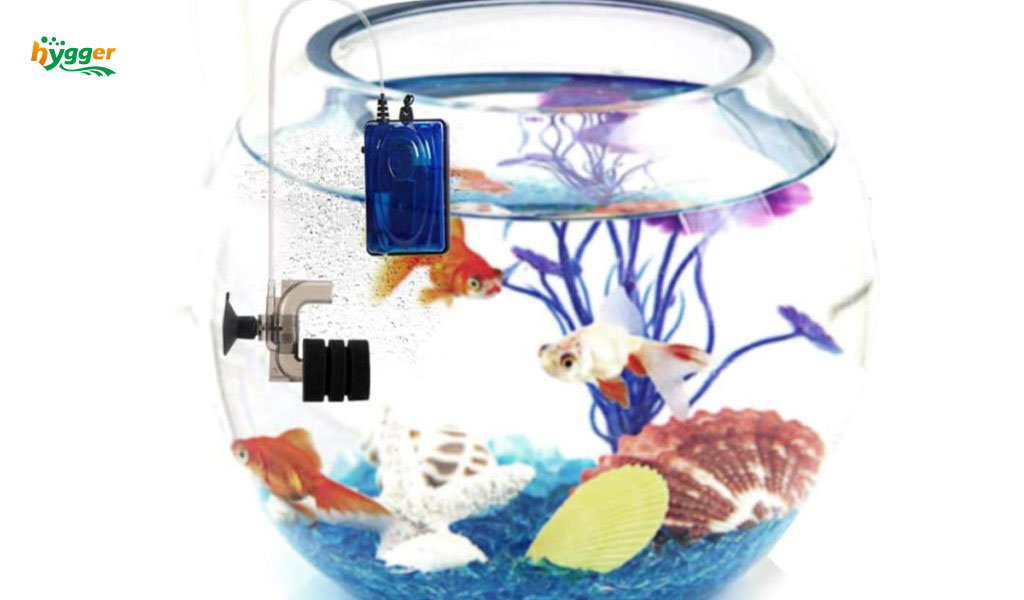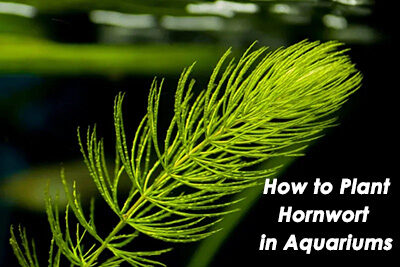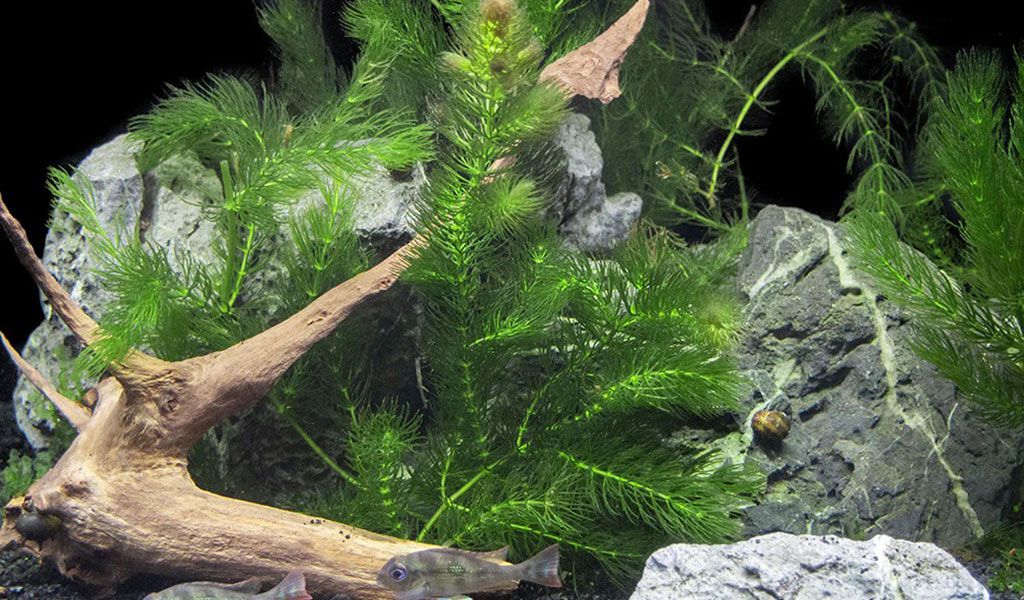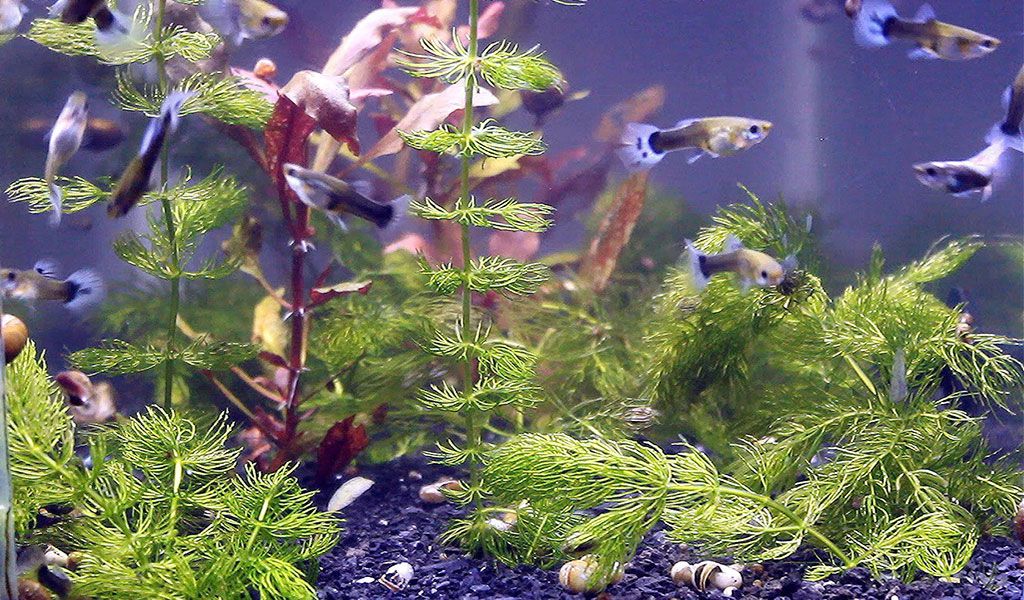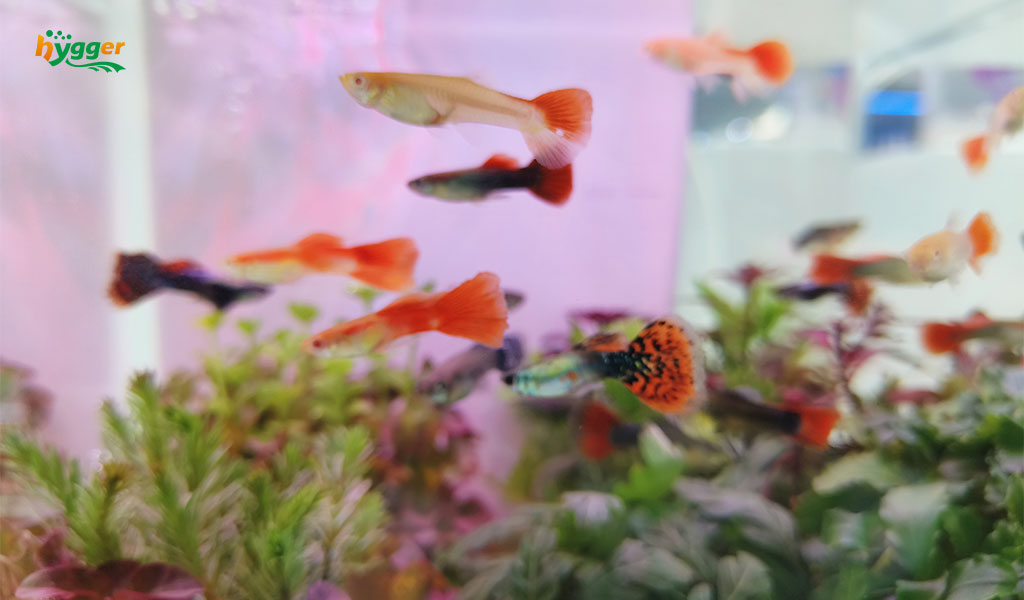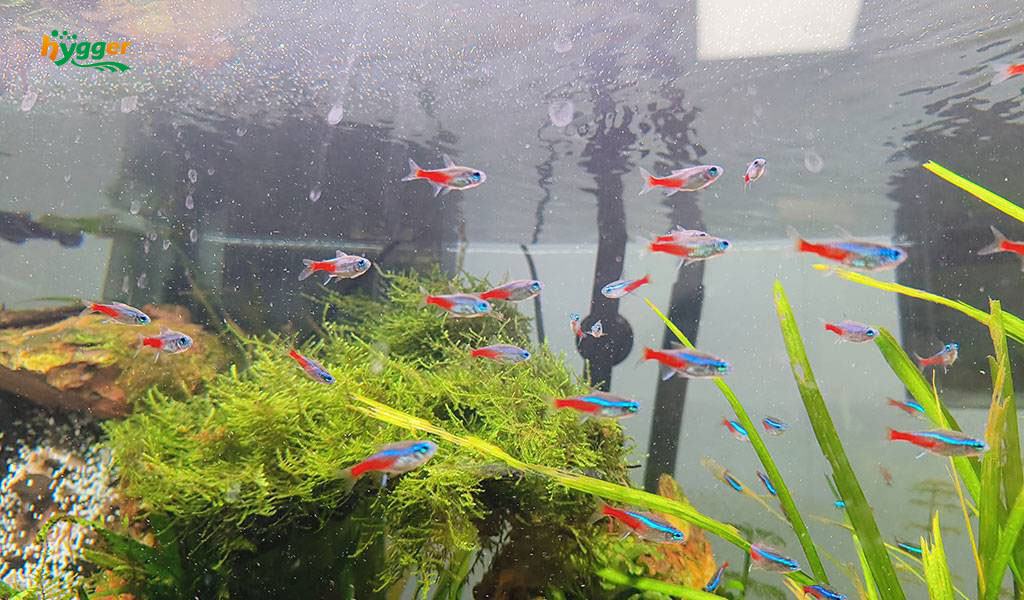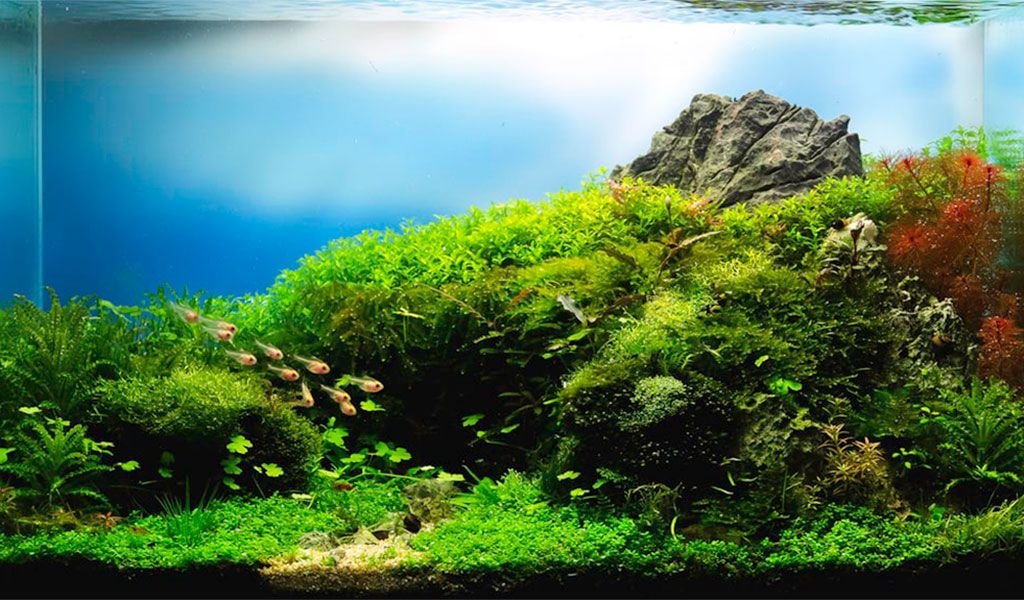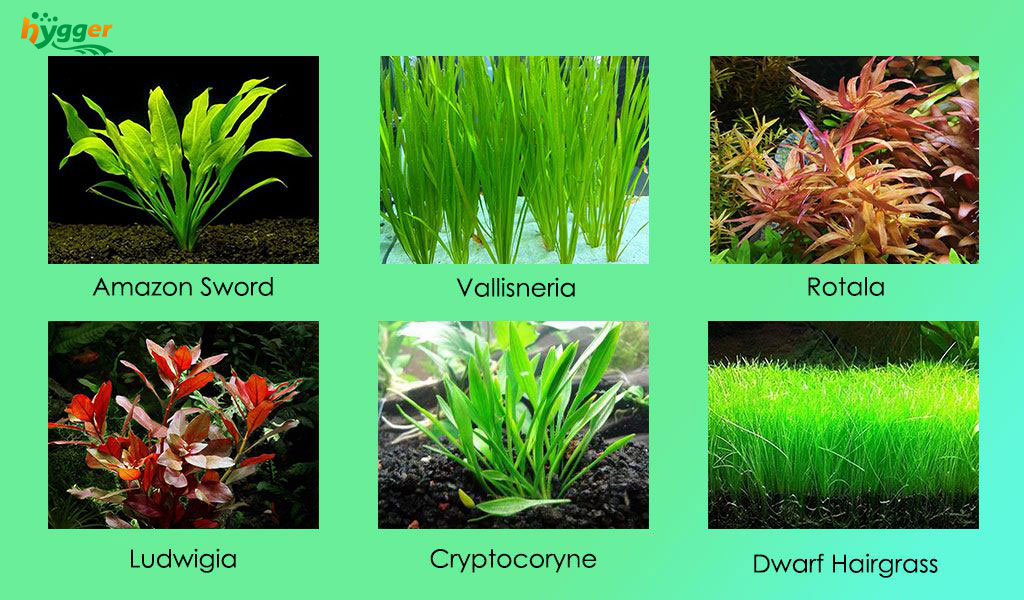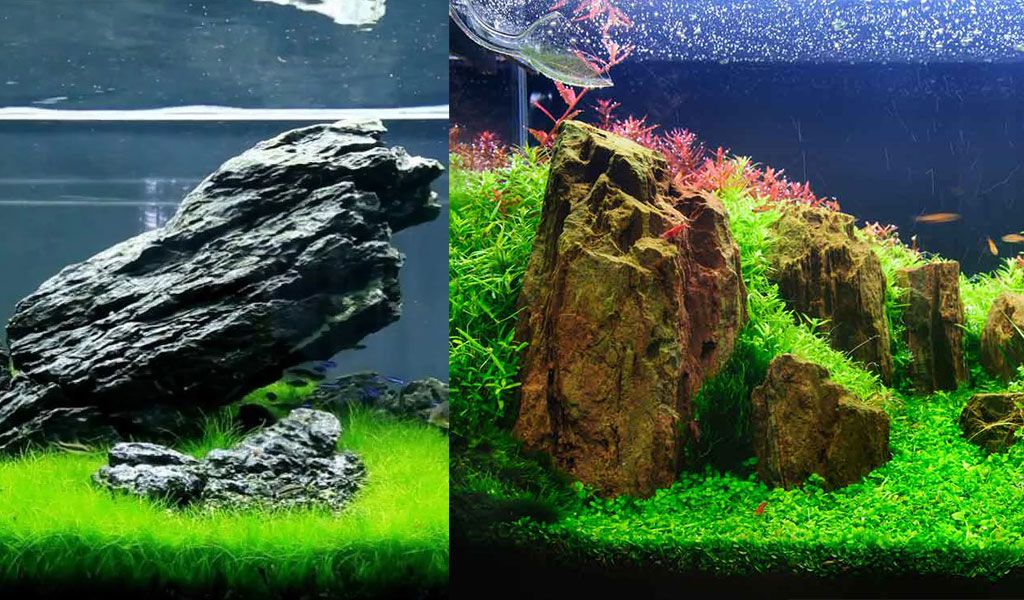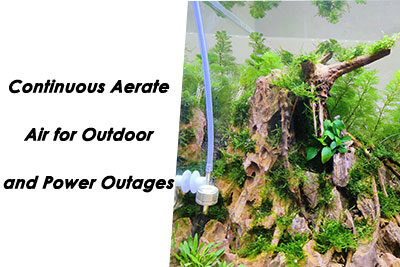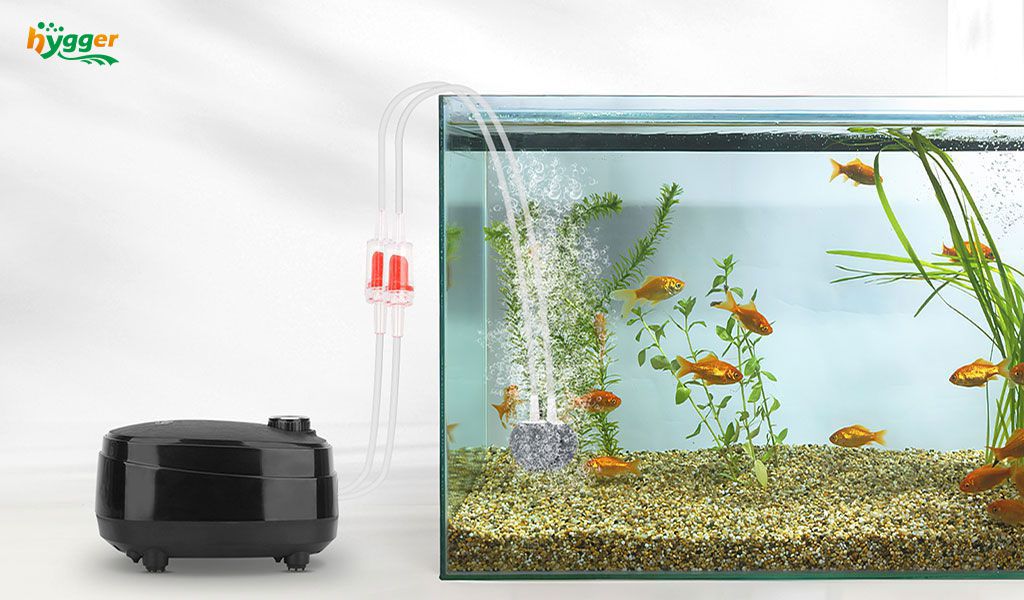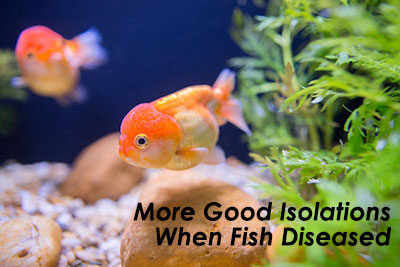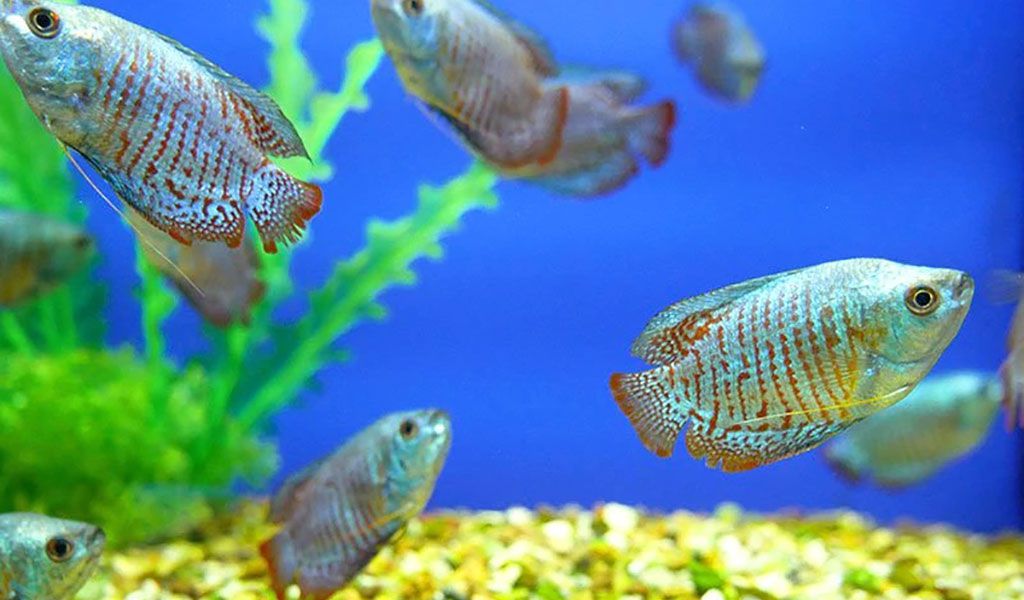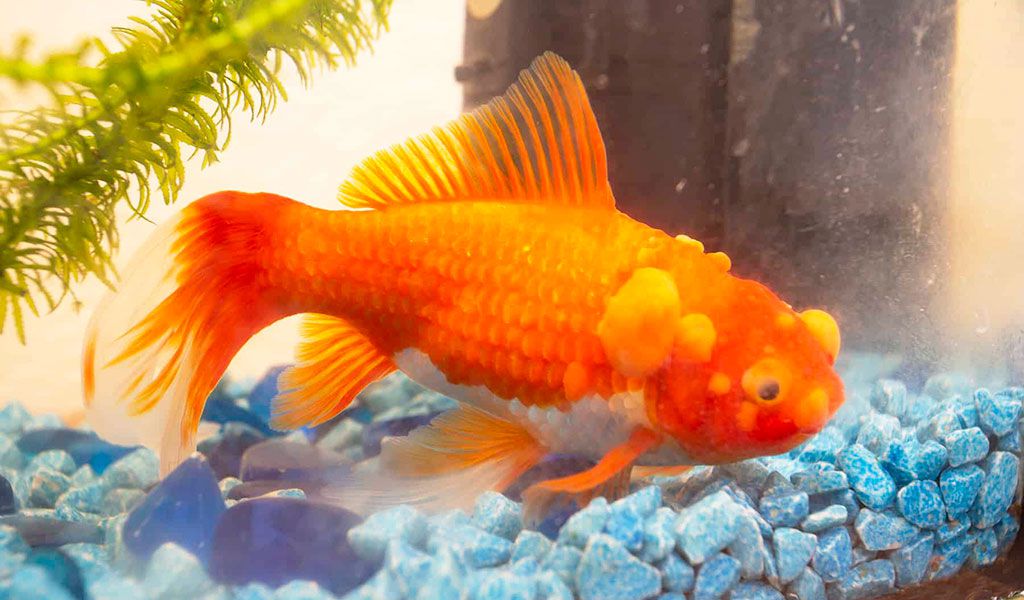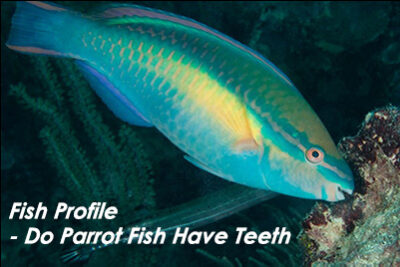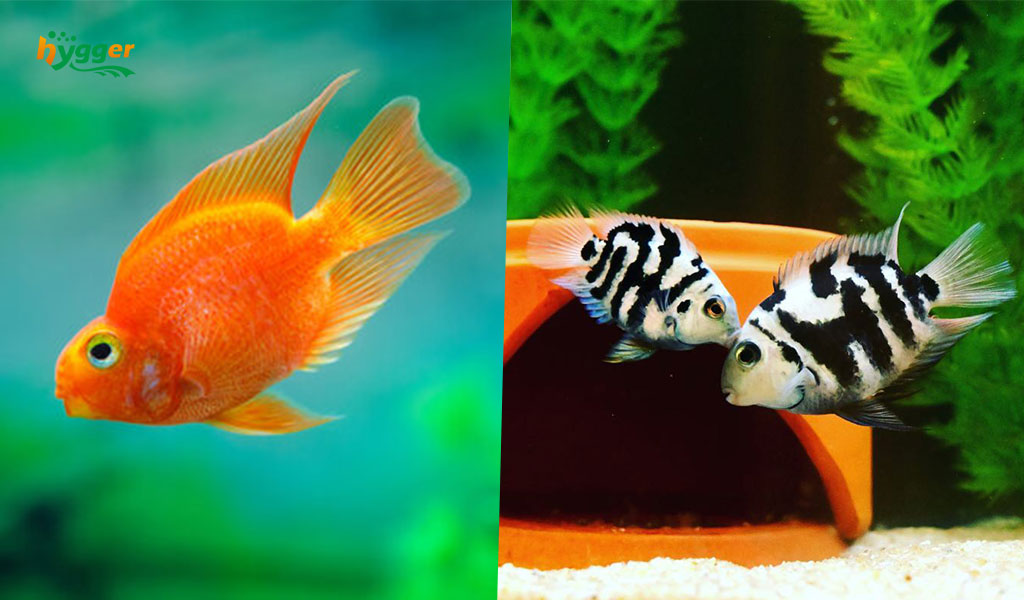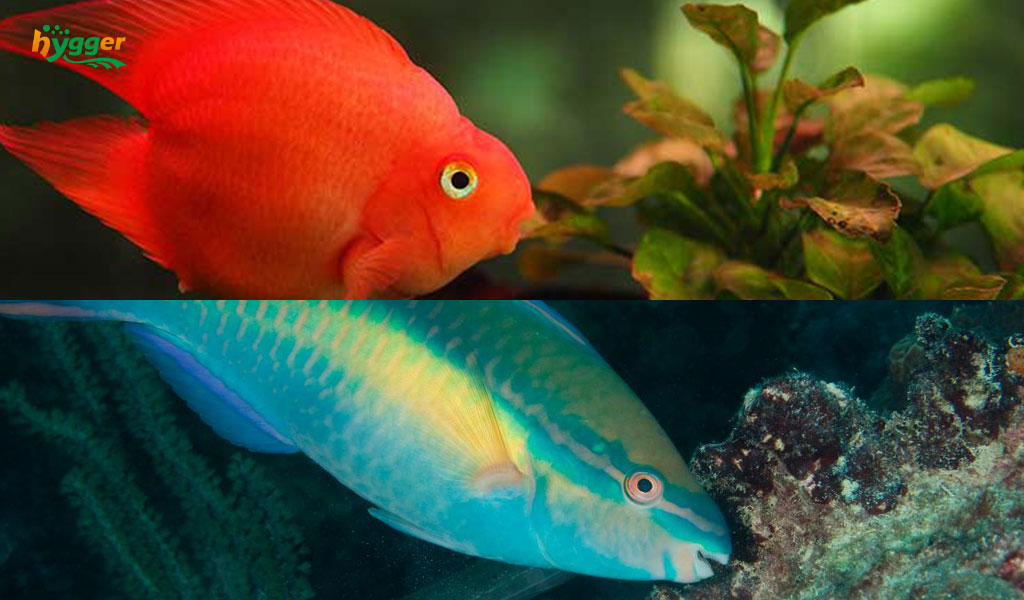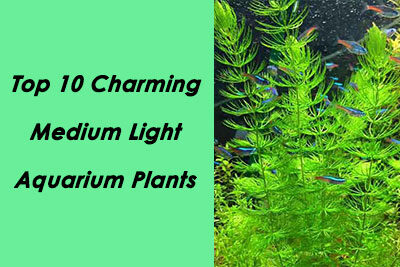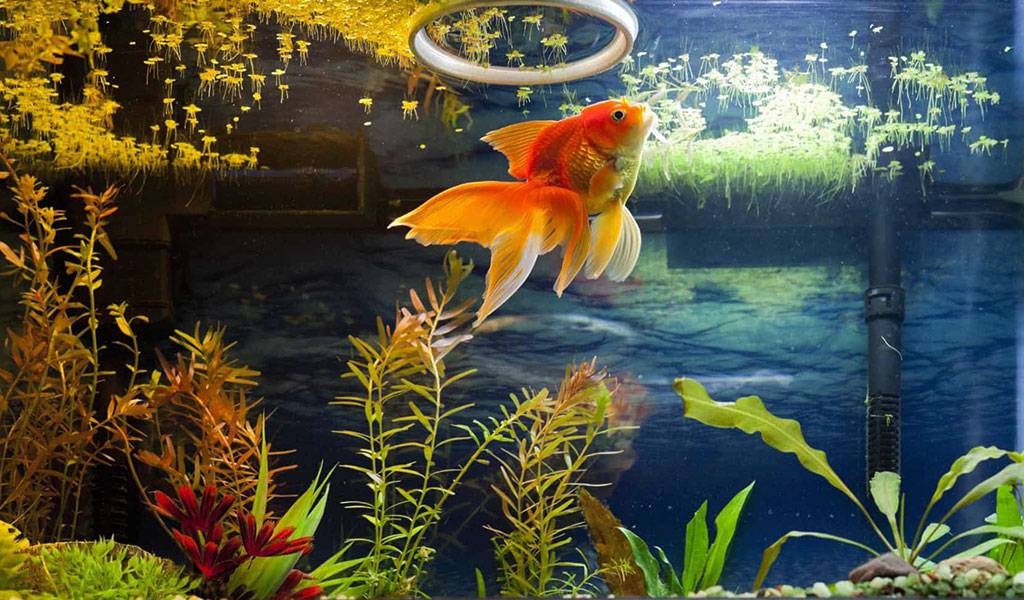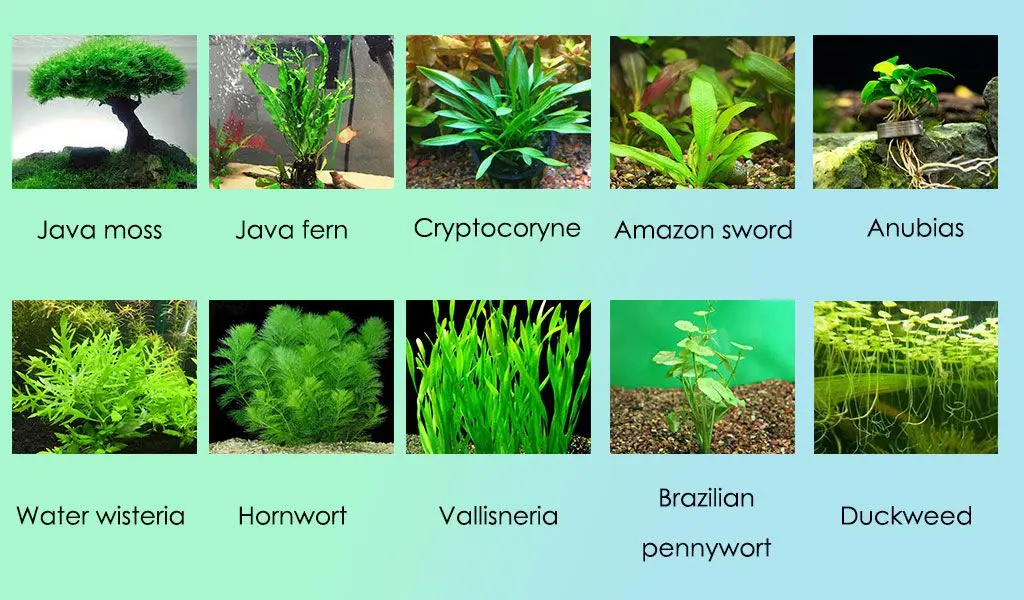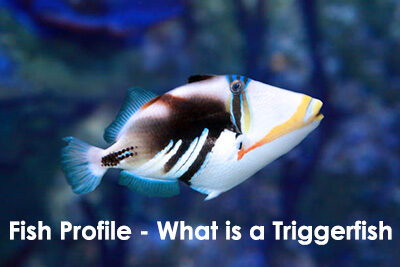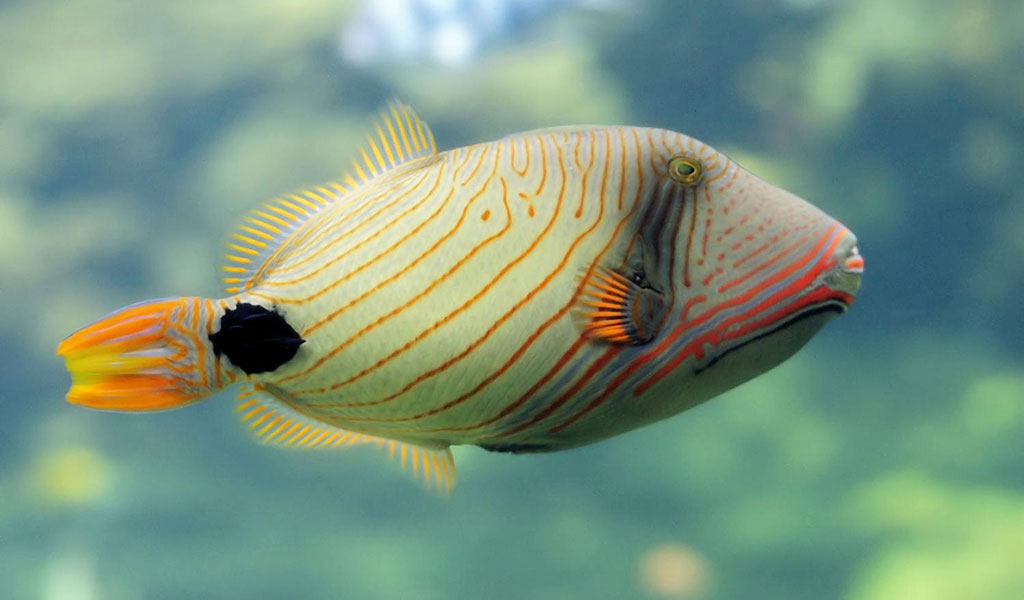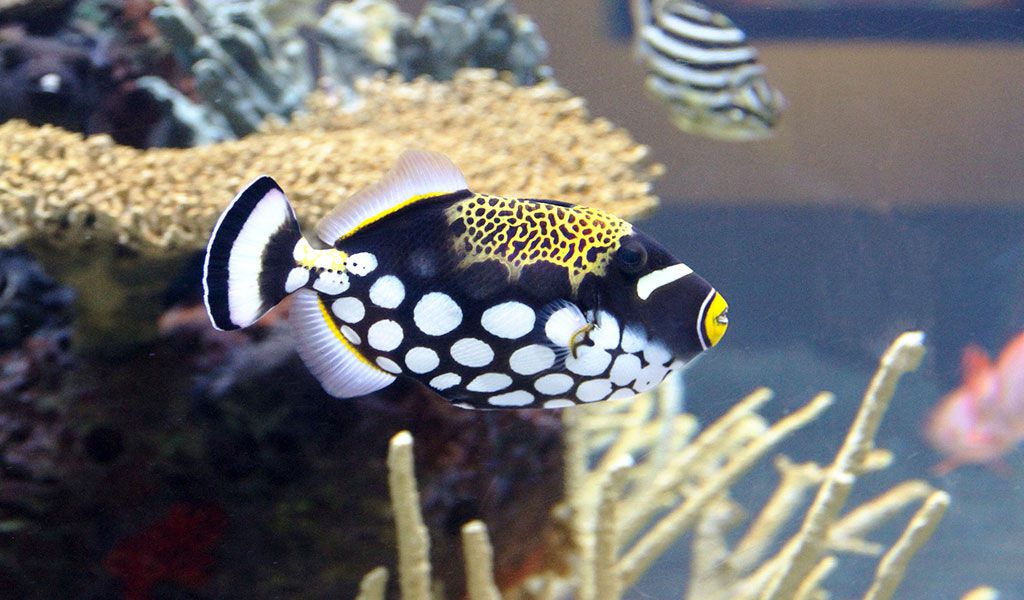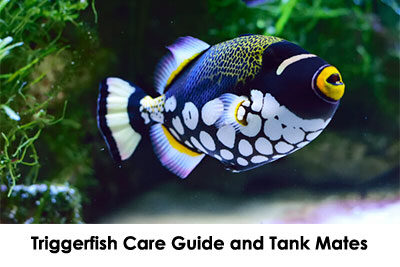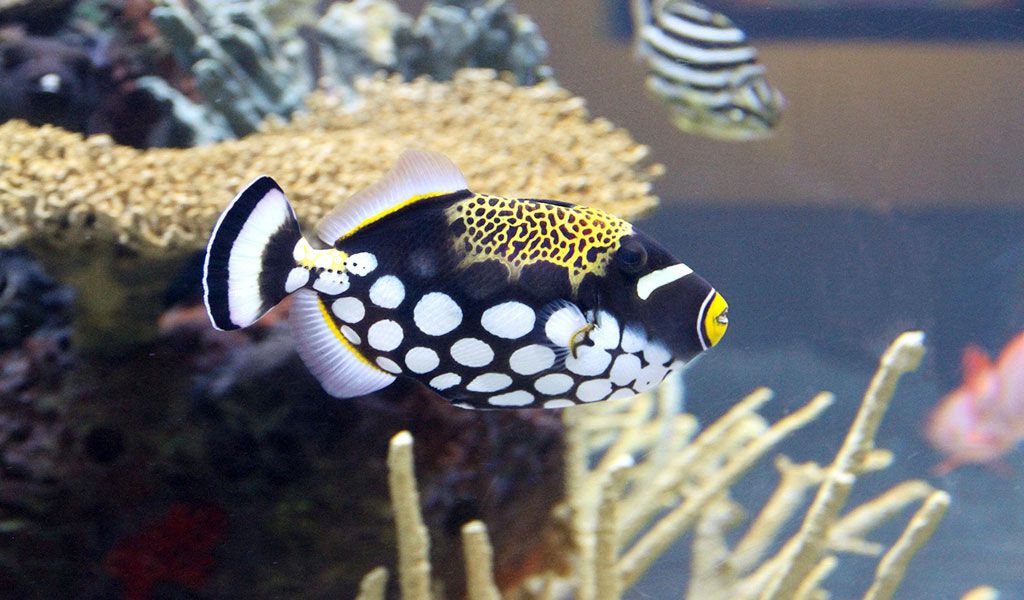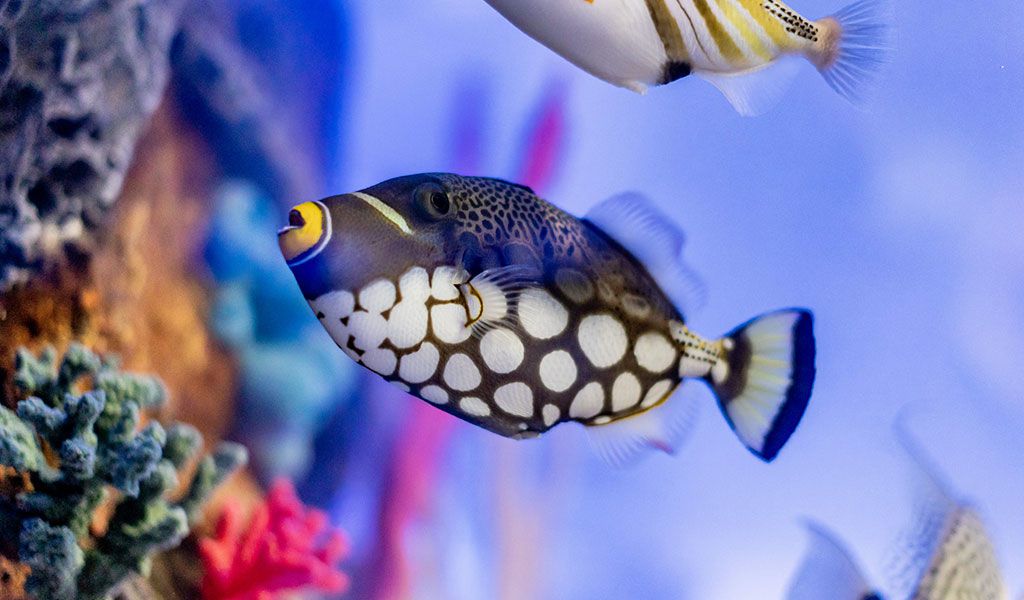The saying that the fish tank filter sponge needs regular cleaning is reasonable. Over time, debris, waste, uneaten food, and other organic matter will accumulate on the filter sponge. As these substances build up, the sponge’s ability to filter aquarium water will be reduced, leading to a higher risk of poor water quality. In this article, we will describe the usage, replacement, and maintenance of fish tank filter sponges. Do you feel thrilled to go for it? Let’s delve right in!
What is a fish tank filter sponge
Get into fish tank sponge filtration
Fish tank sponge filtration, also known as sponge filters or foam filters, is a type of mechanical and biological filtration system used in aquariums. It utilizes a sponge as the primary filtering medium to remove debris and provide biological filtration.
Generally, a sponge filter consists of a porous sponge made of foam or sponge material with a central tube or air diffuser. It is typically powered by an air pump that drives air through the central tube, creating a suction that pulls water through the sponge. So, to prevent clogging and maintain optimal filtration efficiency, it is necessary to clean the sponge regularly. You can rinse or gently squeeze the sponge in the water to remove accumulated debris, but it should be handled carefully to preserve the beneficial bacteria.
The roles of sponge filtration in aquariums
- Mechanical filtration
Sponge filters act as mechanical filters by trapping debris, uneaten food, and other particles suspended in the water. The porous sponge captures larger particles, preventing them from circulating in the aquarium and clouding the water.
- Biological filtration
The sponge provides a large surface for beneficial bacteria to colonize and grow. These bacteria are responsible for the biological breakdown of harmful ammonia and nitrite. By converting ammonia and nitrite into less toxic nitrate, sponge filters help to establish a stable nitrogen cycle and maintain water quality.
- Oxygenation
Sponge filters create water movement and surface agitation, promoting oxygen exchange between the water and the air. The air pump powering the sponge filter draws air through the central tube, creating bubbles and water flow. It ensures an adequate oxygen supply for your tank.
- Gentle water flow
Sponge filters provide a gentle and diffused water flow, which is perfect for fish that prefer calmer water conditions. The soft water movement created by the sponge filter minimizes the risk of strong currents that can stress or harm delicate or young fish, making it suitable for breeding tanks, fry-rearing tanks, and tanks with sensitive species.
Pros and cons of sponge filtration
There are activated carbon filtration and chemical filtration, what are the pros and cons of sponge filtration?
| Pros of sponge filtration | Cons of sponge filtration |
| 1. Provide both mechanical and biological filtration 2. Create a gentle water flow 3. Help to increase oxygen exchange and promote the oxygen level 4. Versatility and can be used in various aquariums, like small tanks |
1. Limited chemical filtration: Sponge filtration may not effectively remove dissolved impurities, medications, or certain chemicals in the aquarium water. 2. Limited media options: Limited space for additional filter media. |
What happens when facing over-filtering in a fish tank
Excessive water movement. High water flow can stress fish, particularly those that prefer calmer water conditions. Fish may struggle to swim against strong currents, leading to exhaustion and reduced overall well-being.
Oxygen depletion. Over-filtering can cause excessive surface agitation, leading to increased oxygen exchange between water and air. While oxygenation is important, if the water surface is overly disturbed, it may result in excessive oxygen loss from the aquarium. Insufficient oxygen levels can be harmful to fish and other aquatic organisms.
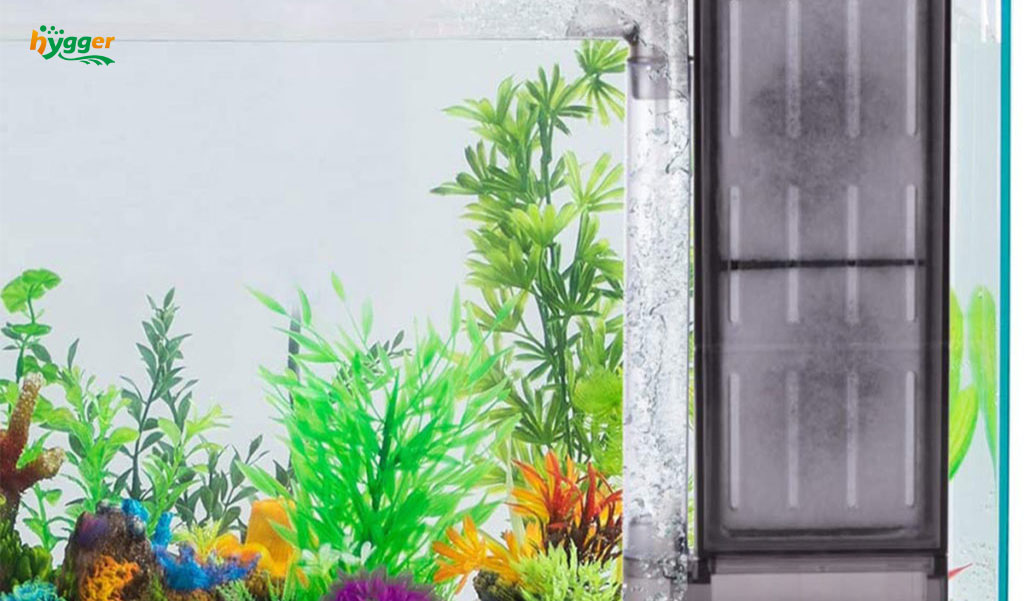
Disruption of biological balance. Over filtering can disrupt the biological balance in the aquarium. Beneficial bacteria colonies responsible for biological filtration may be negatively impacted. If the filter removes too many beneficial bacteria, it can result in ammonia and nitrite spikes, leading to poor water quality and potential harm to the fish.
Stripped nutrients. An excessive filtration system can remove essential nutrients from the water too quickly. This can be particularly problematic in planted aquariums, where plants rely on nutrients for growth. Insufficient nutrient levels can result in poor plant health and hinder the overall balance of the ecosystem.
If you don’t change the filter sponge for a long time
What will happen if you don’t change the filter sponge in your aquarium for a long time? Doubtlessly, your filter sponge will face reduced filtration efficiency. Because debris, waste, and other particles will accumulate on the sponge, leading to a clogged and dirty filter sponge. Accordingly, your aquarium will suffer poor water quality. A dirty and clogged filter sponge will result in cloudy water. It may indicate increased levels of ammonia and nitrite due to the death of beneficial bacteria.
Seriously, it disrupts the nitrogen cycle, causing stress and potential harm to aquarium inhabitants. Furthermore, increases the risk of disease. Poor water quality and dirty filter sponges create a favorable environment for the growth of harmful bacteria, parasites, and pathogens.
Then, when should you change the filter sponge in your aquarium? Actually, the frequency of filter sponge change can be determined by factors including filter types, tank size, fish types, fish density, and tank status. But the general rule is that you should change the filter sponge every 4–6 weeks.
The following are some signs that your filter sponge may need cleaning or replacement.
- Reduced water flow from the filter
- Appearance change: discolored and dirty, or heavily coated with debris
- Poor water quality: cloudy water despite regular maintenance
- Ammonia or nitrite spikes: A sudden increase in ammonia and nitrite levels
- Foul odor: strong and unpleasant odor from your aquarium
How to replace fish tank filter sponge
Make preparations. Typically, you should prepare some necessary supplies in advance. For example, a new compatible filter sponge, a clean container or bucket, and dechlorinated water.
Turn off the filter. Before replacing the sponge, do not forget to turn off the filter. It can prevent your filter from damage.
Remove the old filter sponge. Next, open the filter compartment or housing where the sponge is located, and carefully remove the old sponge from the filter.
Place new filter sponge. By now, if the new sponge is not pre-rinsed, it is advisable to rinse it with dechlorinated water. It helps remove any loose particles or debris that may be present. Then, place the new sponge in the filter compartment, ensuring it fits properly and securely.
Reassemble and monitor the filter. Finally, reassemble and turn on the filter. Check whether the water flow is appropriate for your fish and adjust if necessary. Monitor the water parameters regularly to ensure that the new sponge is effectively maintaining water quality.
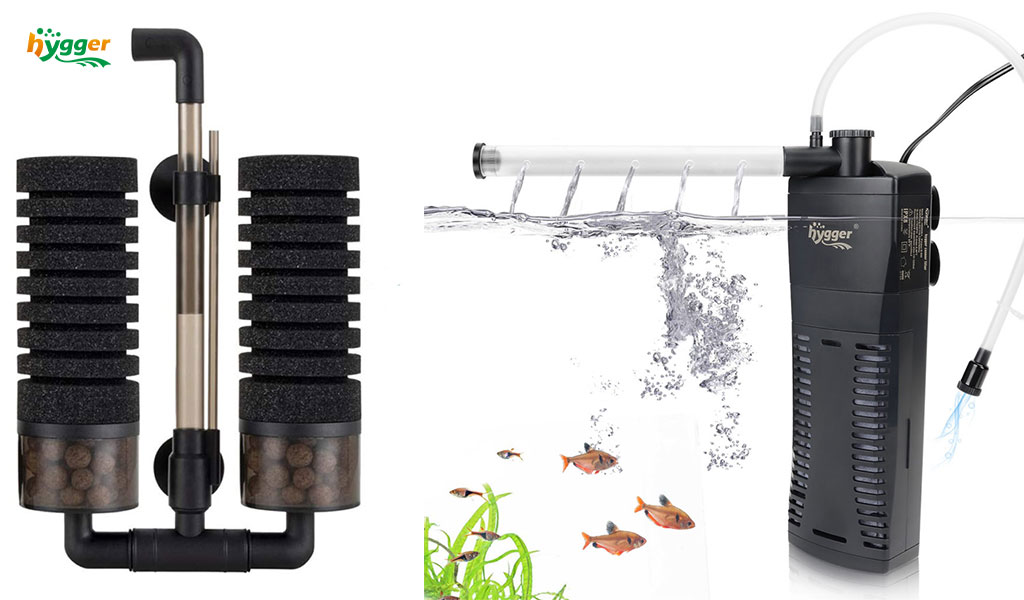
What is the most economical fish tank filter?
When it comes to the most economical fish tank filter, there are a few options, such as sponge filters, Hang-On-Back filters, canister filters, and internal filters. Next, we will share two excellent alternatives.
| Alternatives | Fish Tank Water Filter | Internal Canister Filter |
| Suitable tank size | 10-55 gallon | 5-30 gallon |
| Applicable tank types | Small fish or shrimp tanks | Freshwater and saltwater aquariums |
| Functions | 1. Provide bio-filtration and physical filtration, plus oxygenation. 2. Create a small water flow. 3. Double sponges provide more surface for beneficial bacteria growth. |
1. Provide a 3-stage filtration system with wave, aeration, and adjustable flow. 2. Composed of an activated carbon cartridge, filter sponge, and ceramic rings. 3. The spray bar distributes a gentle flow of water. The round nozzle enhances circulation. The flat nozzle makes a steady wide gentle stream. |
Reminder
Sponge filters are commonly used in small tanks, breeding tanks, and quarantine tanks. If you have a tank with delicate or young fish, a sponge filter can be your first choice.
